Designing a Kanban Board: Practical Tips and Templates for Visualizing Workflows
[featured_image]
Introduction to Kanban Boards
Kanban boards are a popular tool used in project management to visualize workflows and streamline processes. They provide a visual representation of tasks, allowing teams to see the status of work at a glance.
Why Use a Kanban Board?
Kanban boards offer several benefits, including improved transparency, better communication, and increased efficiency. By visualizing the flow of work, teams can easily identify bottlenecks and prioritize tasks.
Practical Tips for Designing a Kanban Board
When designing a Kanban board, it’s important to consider the specific needs of your team and workflow. Start by identifying the stages of your process and determine what columns are needed on the board to represent those stages.
Using Templates for Your Kanban Board
There are numerous templates available for designing a Kanban board, ranging from simple to more complex layouts. Using a template can help jumpstart the design process and ensure that your board is organized and easy to use.
Customizing Your Kanban Board
Once you have a basic layout for your Kanban board, it’s important to customize it to fit your team’s unique needs. Consider adding color-coding, labels, or other visual indicators to make it easier to understand and use.
Implementing Your Kanban Board
After designing and customizing your Kanban board, the next step is to implement it with your team. Make sure to provide training and guidance on how to use the board effectively, and encourage feedback and continuous improvement.
Conclusion
Designing a Kanban board is a practical and effective way to visualize workflows and improve productivity. By following these tips and utilizing templates, you can create a board that meets the specific needs of your team and helps streamline your processes.
